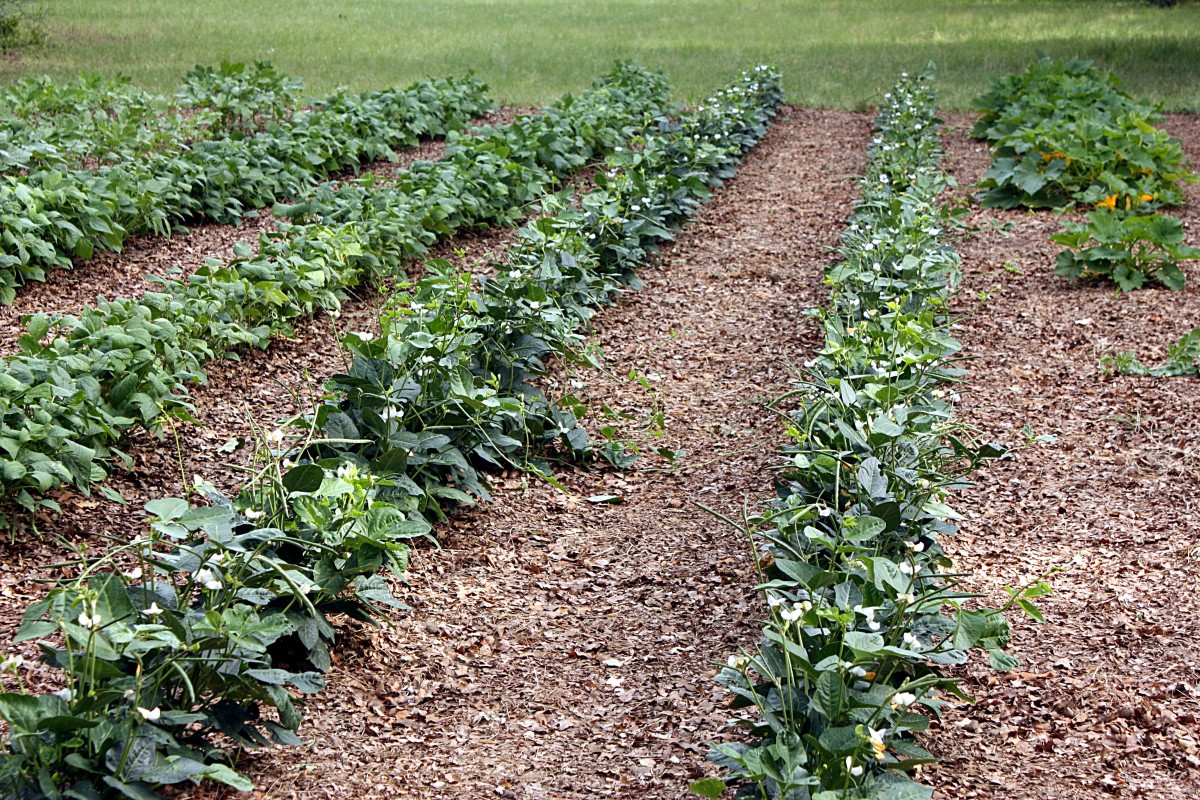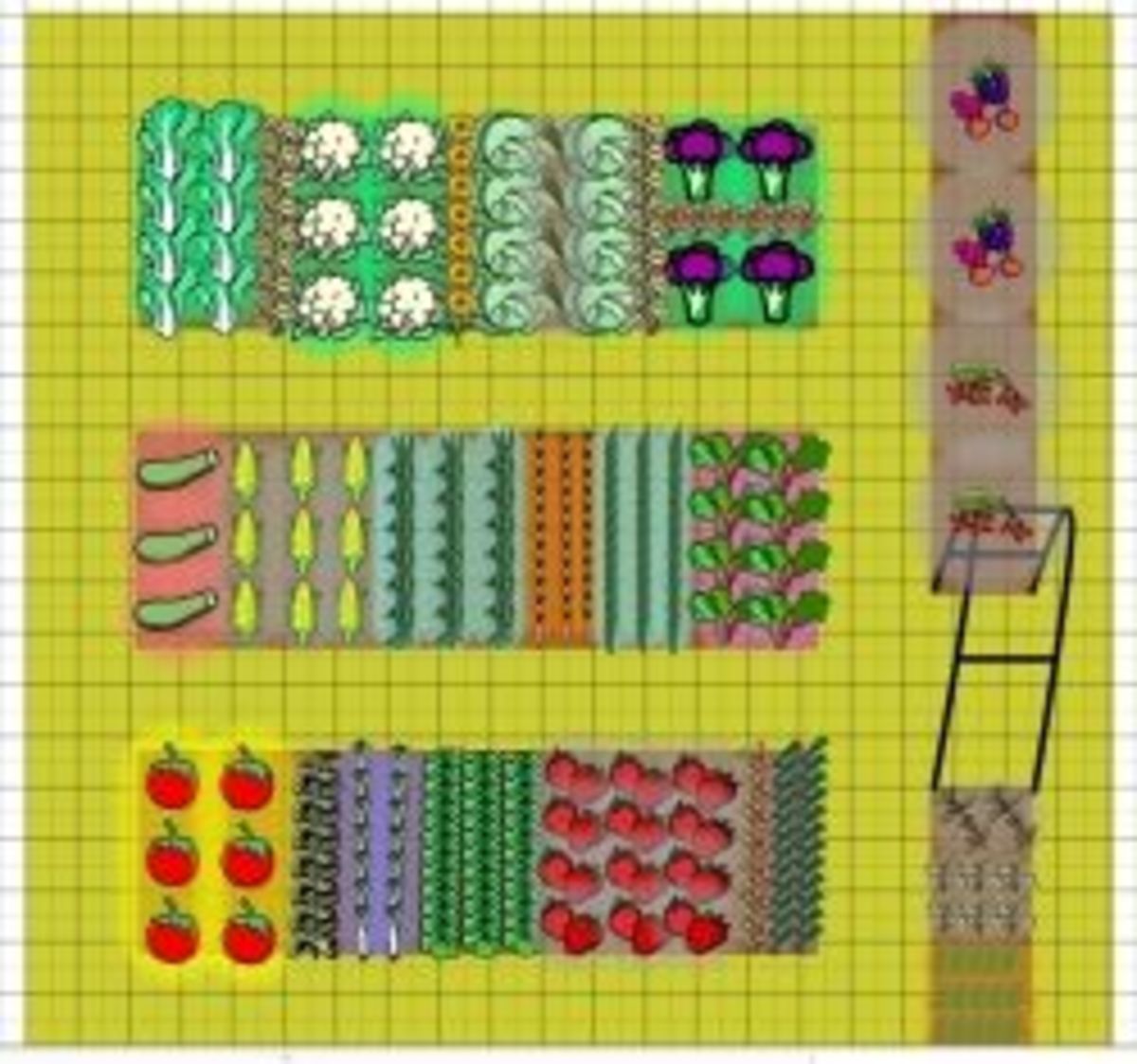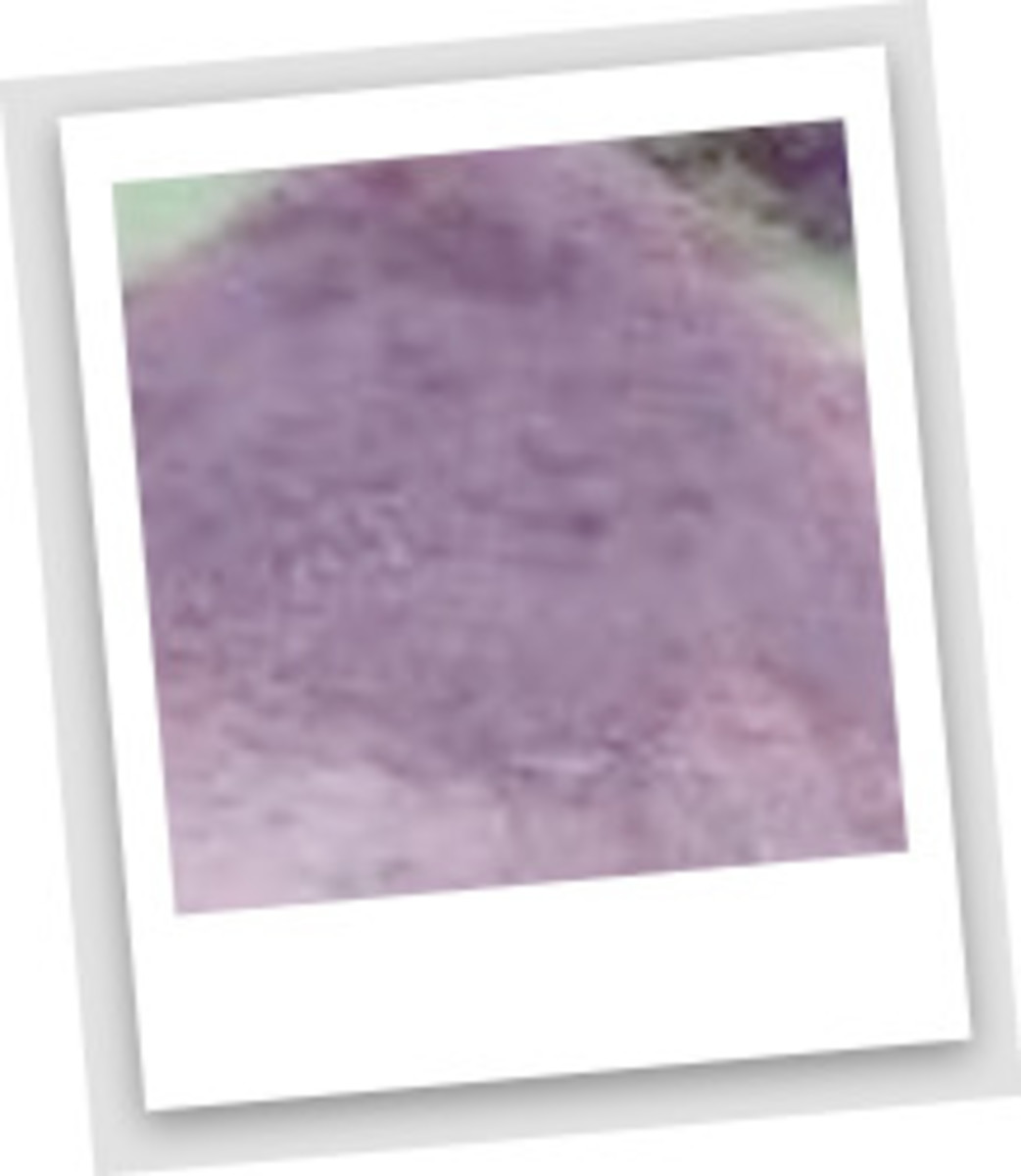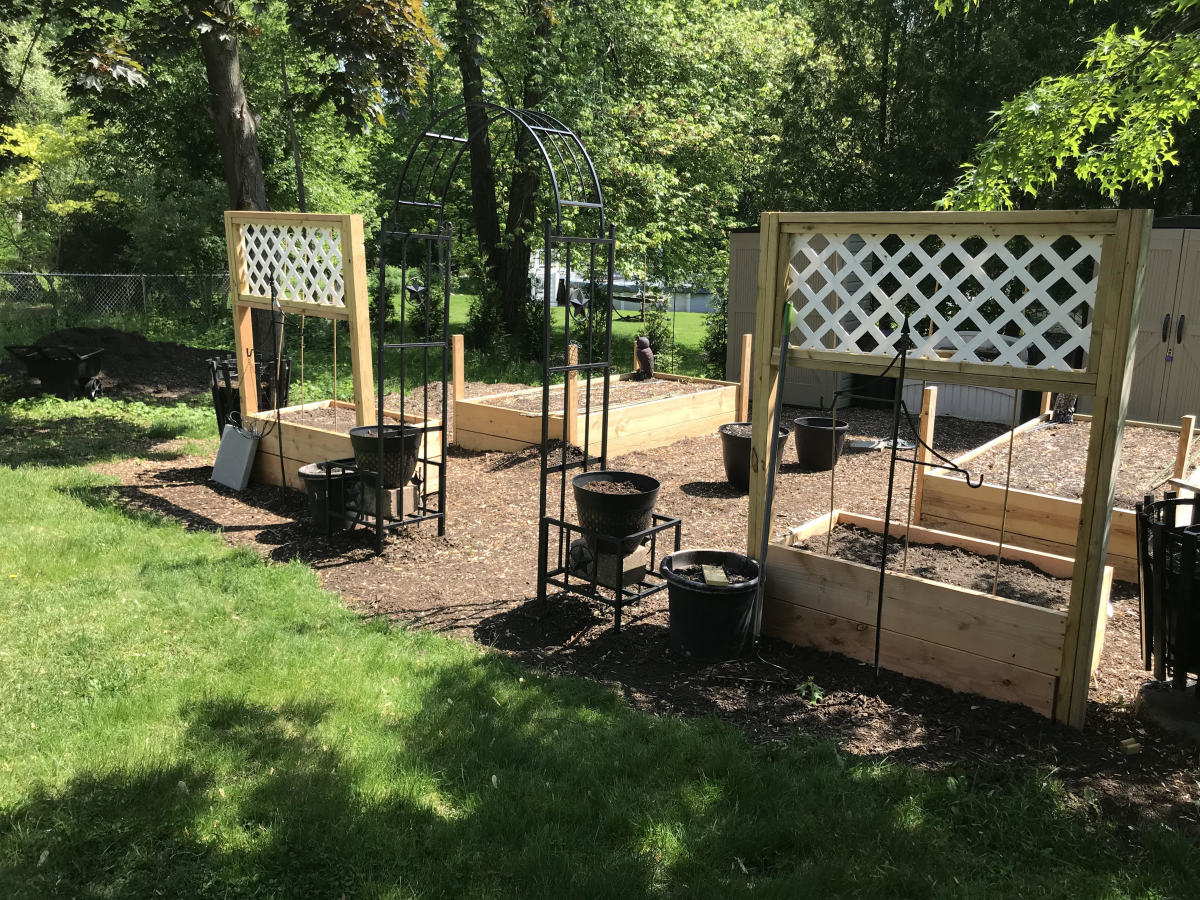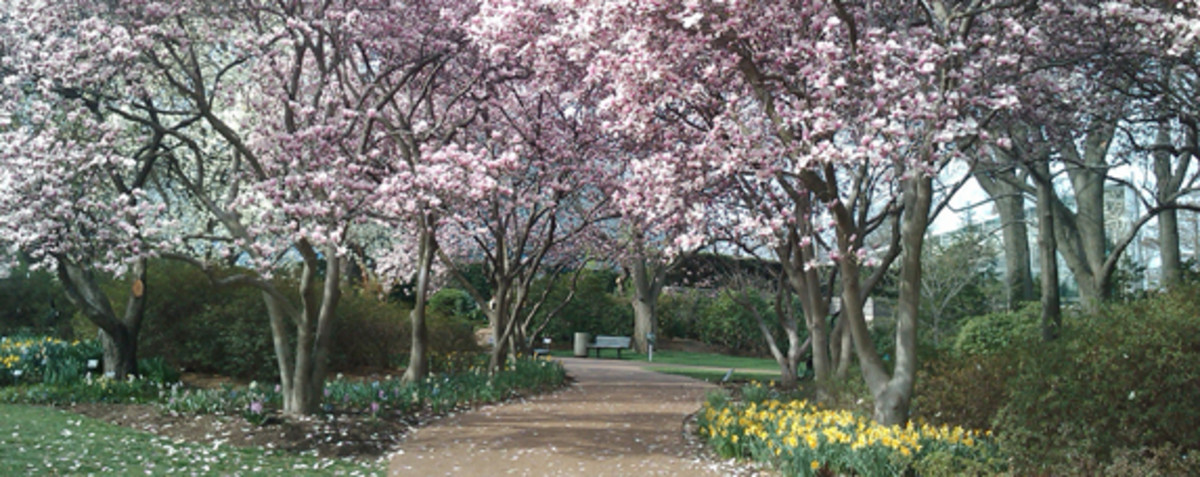How To Prepare Your Vegetable Garden In The Fall
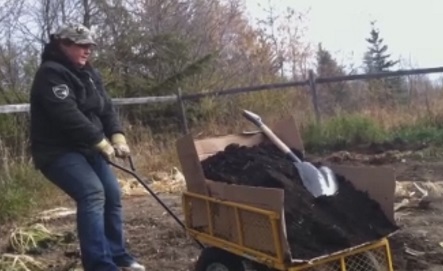
Why Prepare Your Garden For Spring Planting
After the fall harvest of the vegetable garden it is wise to prepare the soil bed to optimize the growing potential of the spring plant. By tilling up and turning into the soil all the remaining plant vegetation in the fall the soil can begin to compost the organic material that was not removed. In addition, any other nutrients needed to increase acid or alkali levels that the soil requires together with extra soil replenishing compost could be tilled in to the soil as well allowing the bacteria a head start in the break down process during the dormant months. In the spring your garden bed soil will be ready to till again and plant as the additional elements have been working to improve soil properties over the non-growing season.
Fall Preparation Of Vegetable Garden
Garden After Fall Harvest
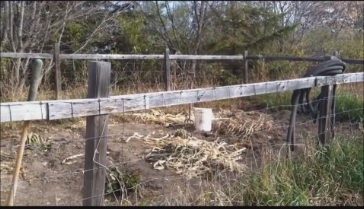
Composted Farm Manure
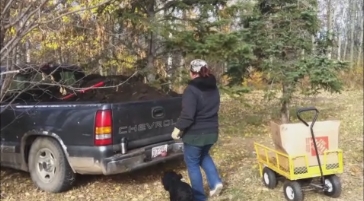
What Do You Think?
Is growing your own vegetables a healthy choice?
First Things First
The first step in preparing your garden soil for the dormant season is to understand what condition your garden soil is in. You do not have to get a professional soil analysis for this - you work your garden and are aware of its soil quality by watching throughout the growing season how well your vegetables grow. If your soil has too much or too little of some nutrient your vegetables will reveal this in their appearance. You can find plenty of information on the internet about identifying nutrient properties through vegetable appearance. My garden soil is too acidity and will not hold water so I am going to deal with these issues.
To determine that my garden soil had a high acid content I used a home soil acid test. I simply put a few tablespoons of soil into a 1/4 cup of water and baking soda. This resulted in a reaction between the acid in the soil and the baking soda causing white bubbles to form in the test cup, therefore, identifying high acid soil properties. Ideally I want a neutral soil somewhere around 5 on the PH scale. If my soil was neutral, I should have seen no reaction in the test cup sample. If you wish to check for too high of alkali properties, use the same test but with white vinegar rather than baking soda. If the vinegar reacts with the soil, the alkali level of your soil is too high. One other home test, for those who like to get down to earth, is to taste your soil. If your garden soil is sweet, it is basic and if bitter it is acidly.
Scabby Vegetables
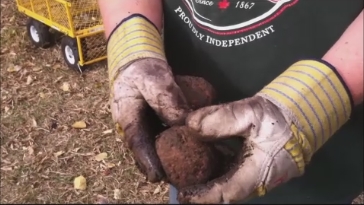
Get books on vegetable gardening here!
Preparing The Garden Soil

Organic matter
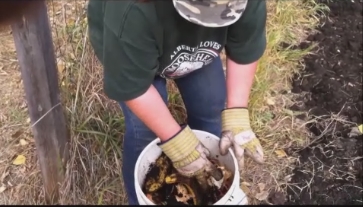
Wood Ash
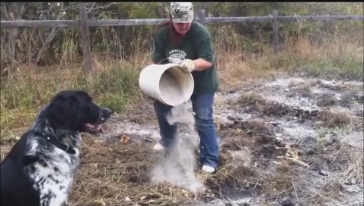
Adding The Soil Nutrients
Now that I know what properties in my garden soil I desire to change I can begin adding some economical soil enhancers. First of all, because the soil seems to not hold moisture very well, I have decided to till the left over plant stocks plus some extra grass trimmings into the soil to loosen it up a little bit. My garden soil is a mixture of sand and silt and therefore it does not absorb much moisture. The water just pools on the surface of my garden and evaporates in the sun light or runs off. I am hoping that by adding the vegetable stocks and grass to the soil the soil will be separated allowing water to seep into the small cavities created by the grass and plant stock mulch.
Wood Ash To Lower The PH Level Of The Soil
Maintaining the PH balance in the vegetable garden soil is extremely important for good vegetable production. Different vegetables grow better in soil with slightly different PH Soil properties, but a neutral PH balance of 5 on the PH scale will grow most vegetables reasonably well. The Ph scale measures the acid and alkali levels in the soil. The scale ranges from 1 to 10 with 1 being the most alkali and 10 being the most acidic. A 5 on the PH scale then is the level where both alkali and acid neutralize each other. My garden soil is too acidic so I am going to attempt to lower the acid properties by adding light wood ashes.
Light wood ashes contain a number of valuable minerals that can drastically change soil properties where added, but the primary ingredient in the ash is calcium carbonate (CaCO3). CaCO3 is the basic ingredient in agriculture lime which is used to lower the acid properties in the soil. You must be cautious though not to add too much light wood ash which can cause the soil to become too basic.
Save On Garden Fertilizer Supplies Here!
Too much alkali in the soil is as bad as having too much acid. I want to just lower my soil acid to where it is neutralized by the alkali from the wood ash. About 20 pounds of light wood ash per 100 square feet of garden area should be sufficient. If I need to add more ash, I will do it next fall. Wood ashes are very fine in texture and extremely light in weight so to get 20 pounds of ash requires a fair amount of volume. I have weighed a 5 gallon pail full of ash and it is approximately 20 pounds. My garden is about 200 square feet so I will spread two 5 gallon pails of the light wood ash that I have collected from my fire pit over the entire surface of my garden before I till the soil.
Collecting Wood Ash From My Fire Pit
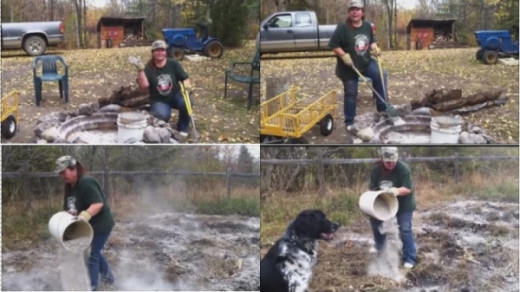
Adding Compost
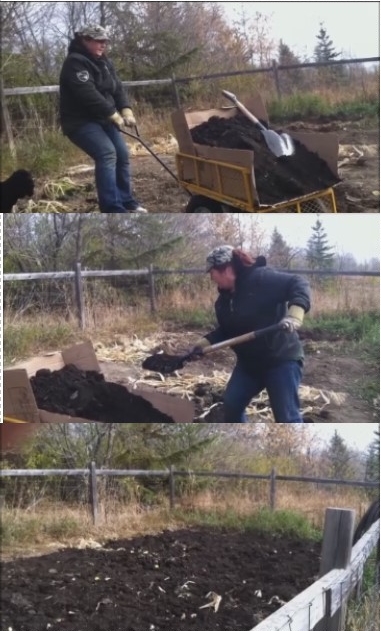
The Composted Black Dirt
Nothing can add more natural nutrients to your garden soil than good aged farm manure compost. I have picked up a truckload of that type of compost from a local farmer who lives not to far from my home. Farmers often will be happy to get rid of their huge stockpile of composted manure therefore you can often get it from them for free. This compost is around 15 years old and has completely turned to good black dirt. Because my garden soil is primarily all sand and silt the addition of this black dirt will be a real benefit in improving the soil texture and mineral properties. I have enough compost to completely cover my 200 square foot garden area 4 inches deep.
Tilling It All Into The Soil
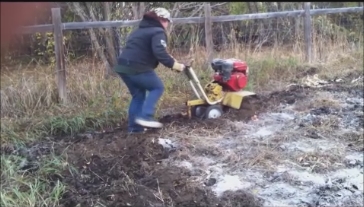
Tilling The Soil
After the light wood ashes and the vegetation and the black dirt compost have been added to my garden I begin to till everything into the soil. I want to mix the soil very well and cut all the vegetation up really fine so I will have to make 3 or 4 passes over the entire garden surface. Each pass I will force the tiller to go down a little deeper into the soil until I eventually reach a desired depth of 8 to 10 inches.
Find Your Garden Hand Tools At Great Savings!
Garden Ready For Spring Planting

Questions or Comments?
I welcome all your questions and comments as well as any suggestions or ideas of your own. Please contact me through any of my links with any input that you desire to contribute. I enjoy hearing from everyone.
Thank you
How To Pam




